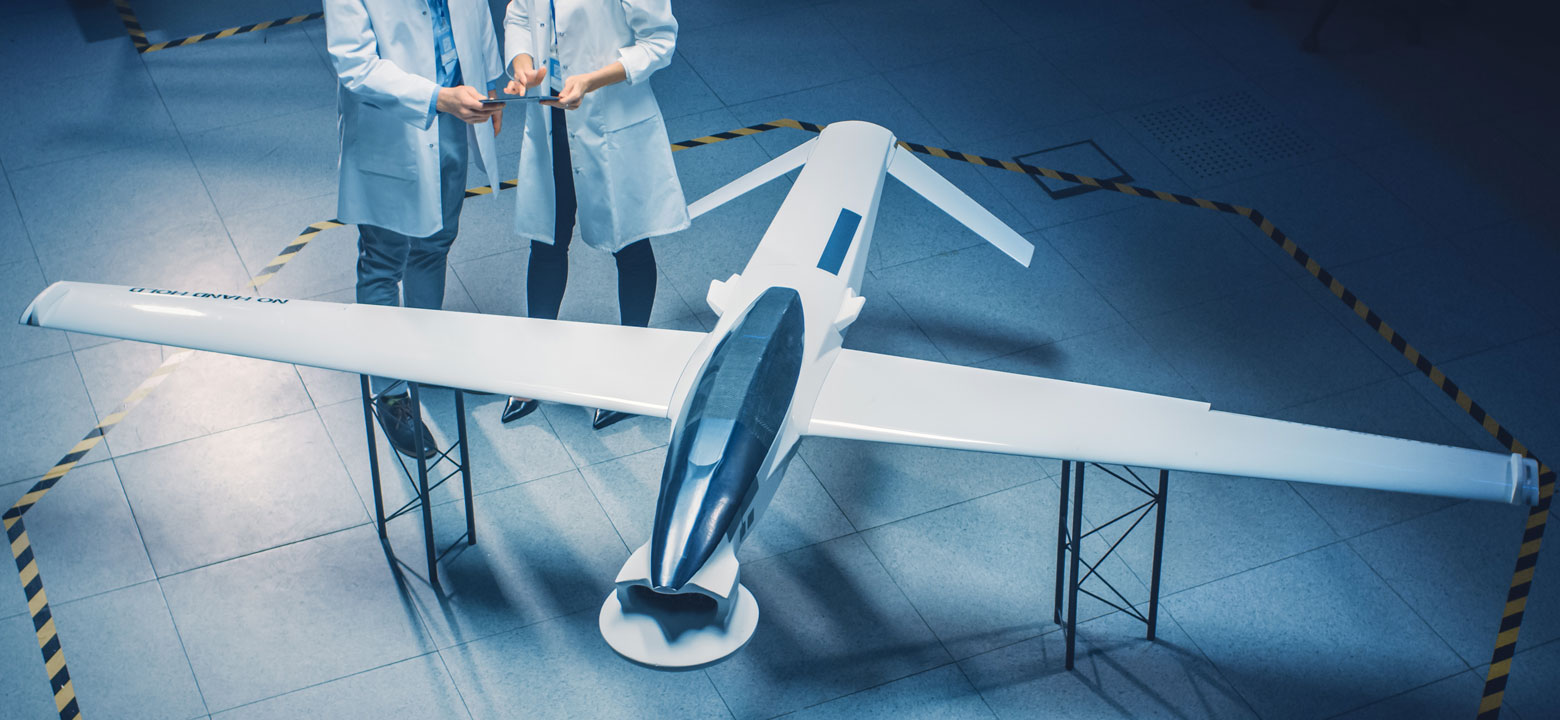
Aerospace manufacturing is a rapidly evolving industry, with new technologies and innovations being developed all the time. In the coming years, we can expect to see significant changes in the way that aircraft and other aerospace systems are designed, built, and maintained. Let’s take a look at some of the key trends and predictions for the future of aerospace manufacturing.
One trend that is likely to continue in the coming years is the increasing use of advanced materials in aerospace manufacturing. Traditional aircraft materials, such as aluminum and steel, have served the industry well for many years, but they have their limitations. Advanced materials, such as carbon fiber reinforced polymers (CFRP) and advanced high-strength steels (AHSS), offer several benefits over traditional materials, including:
As a result, we can expect to see an increasing number of aircraft and aerospace systems being built using these advanced materials.
Another trend that is likely to shape the future of aerospace manufacturing is the increasing use of 3D printing and other forms of additive manufacturing. These technologies allow manufacturers to produce complex parts and structures with minimal waste and lower production costs. In the coming years, we can expect to see a wide range of aerospace components being produced using 3D printing, including structural components, engine parts, and even entire aircraft.
Aerospace manufacturing is a highly complex and labor-intensive process, with many tasks requiring precise and repetitive motions. In the coming years, we can expect to see an increasing use of automation and robotics in aerospace manufacturing, with the goal of improving efficiency and reducing the need for human labor. This trend is likely to be driven by advances in robotics technology and the increasing availability of flexible and adaptable automation systems.
Virtual and augmented reality (VR/AR) technologies have the potential to revolutionize the way that aerospace manufacturing is carried out. VR/AR systems can be used to simulate and test manufacturing processes, allowing manufacturers to optimize their operations and identify potential issues before they occur. They can also be used to train and educate workers, providing a safe and immersive learning environment. In the coming years, we can expect to see an increasing use of VR/AR in aerospace manufacturing as these technologies become more widespread and affordable.
Sustainability is becoming an increasingly important consideration in all industries, and aerospace manufacturing is no exception. In the coming years, we can expect to see a shift towards more sustainable manufacturing practices in the aerospace industry. This may include the use of renewable energy sources, the reduction of waste and emissions, and the development of more sustainable materials.
The future of aerospace manufacturing looks bright, with a wide range of exciting trends and developments on the horizon. From the increasing use of advanced materials and the adoption of 3D printing, to the increasing use of automation and the adoption of VR/AR technologies, there are many exciting changes in store for the coming years. With these innovations, we can expect to see even more efficient, cost-effective, and sustainable aerospace manufacturing processes in the future.